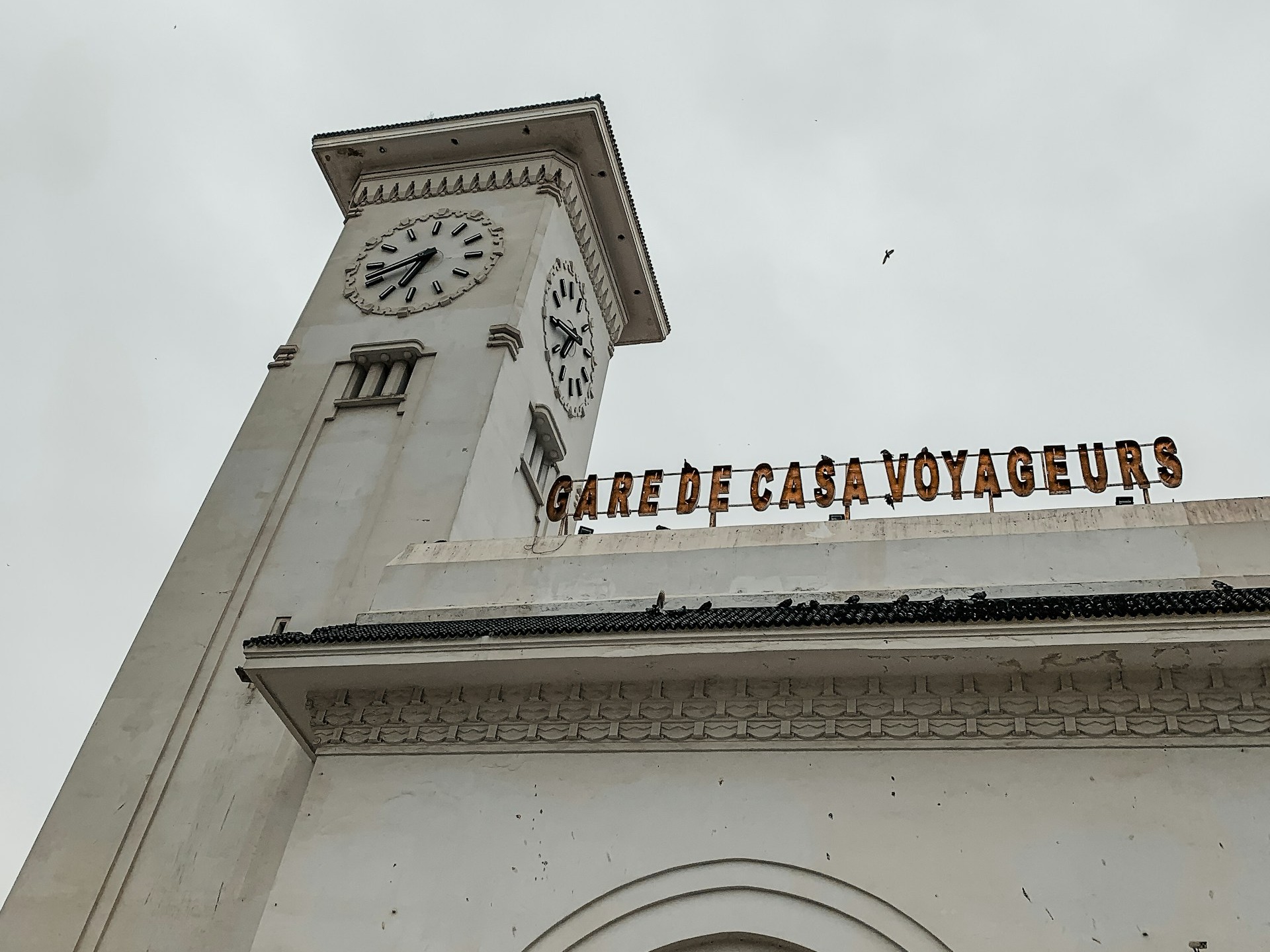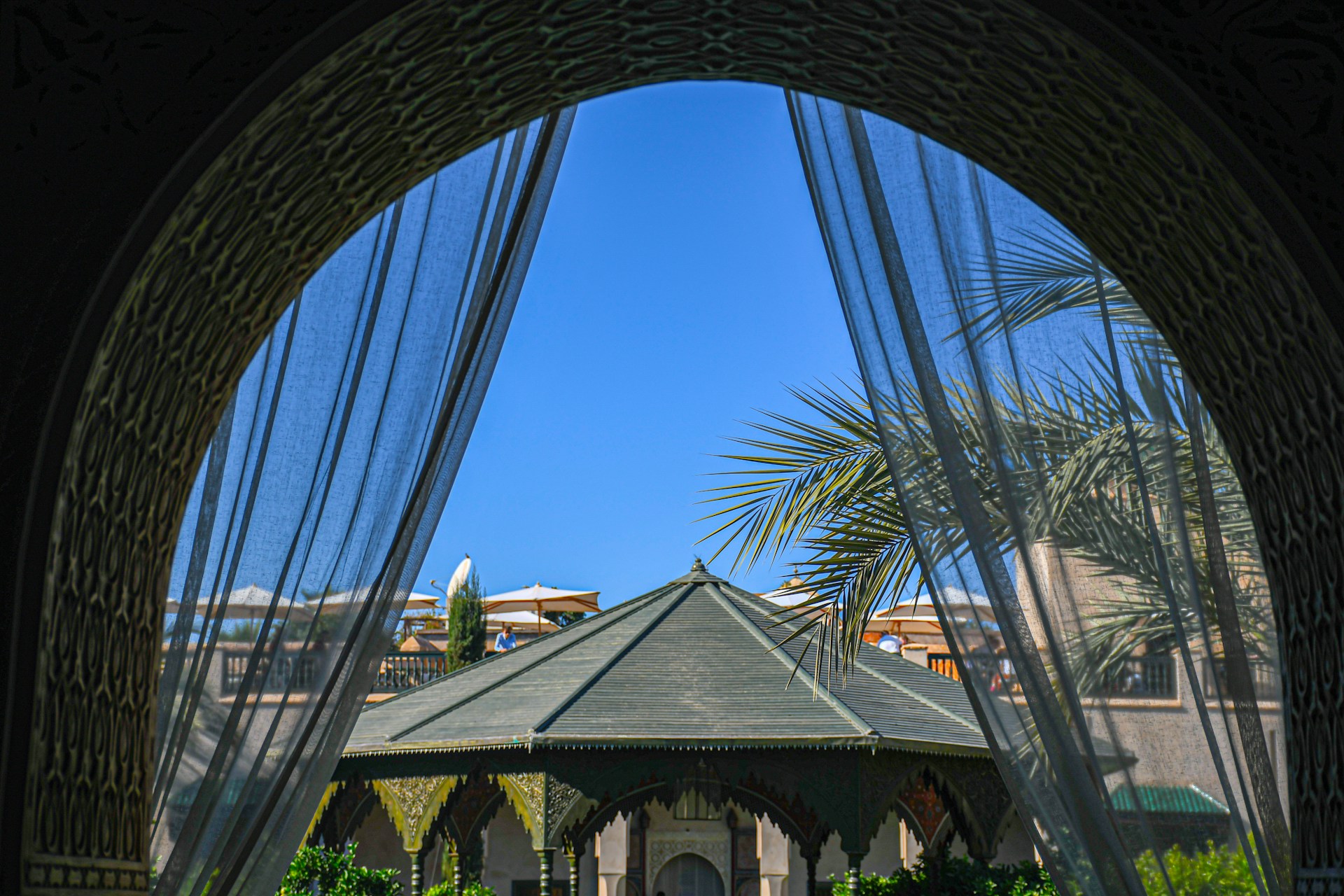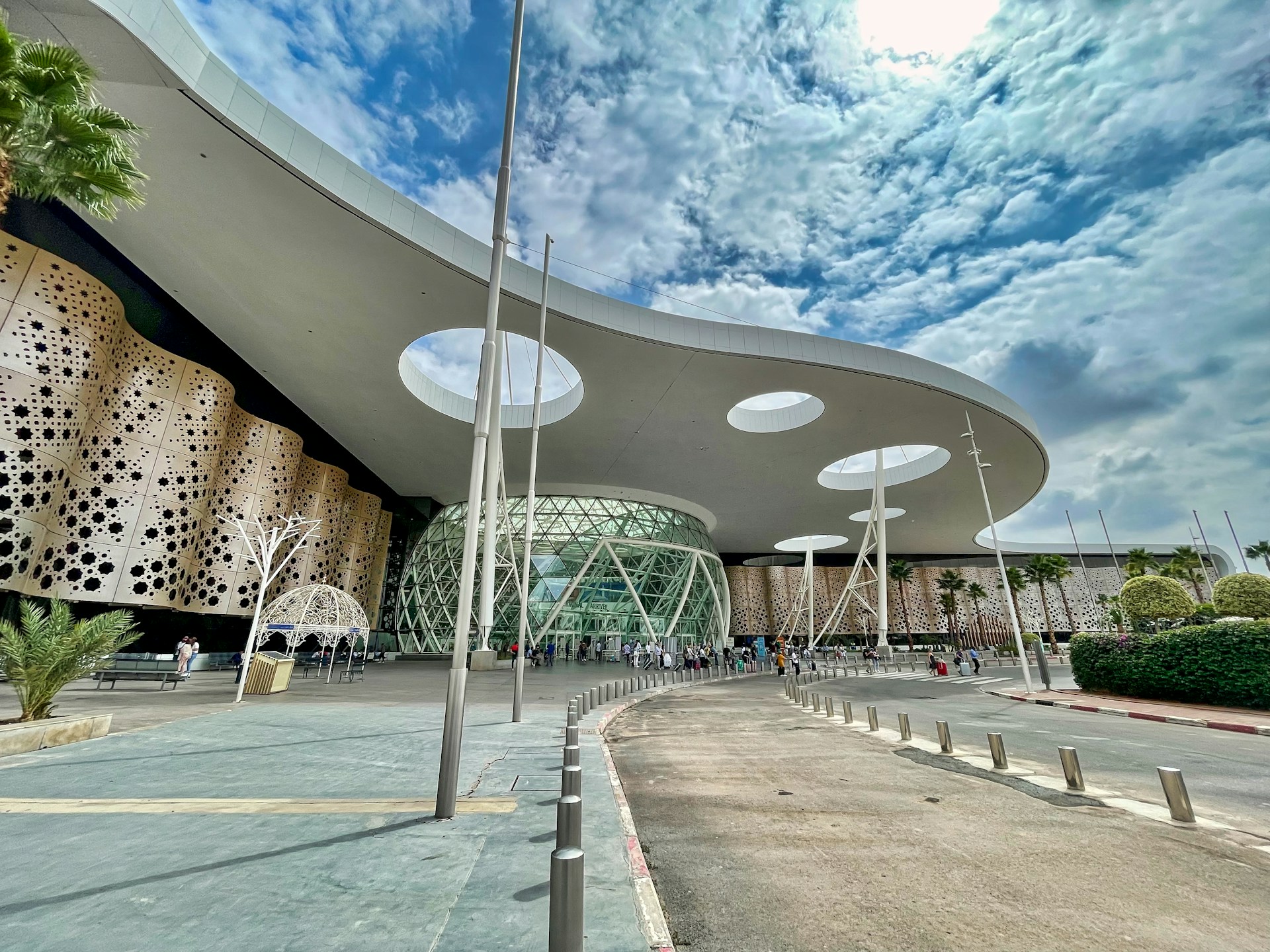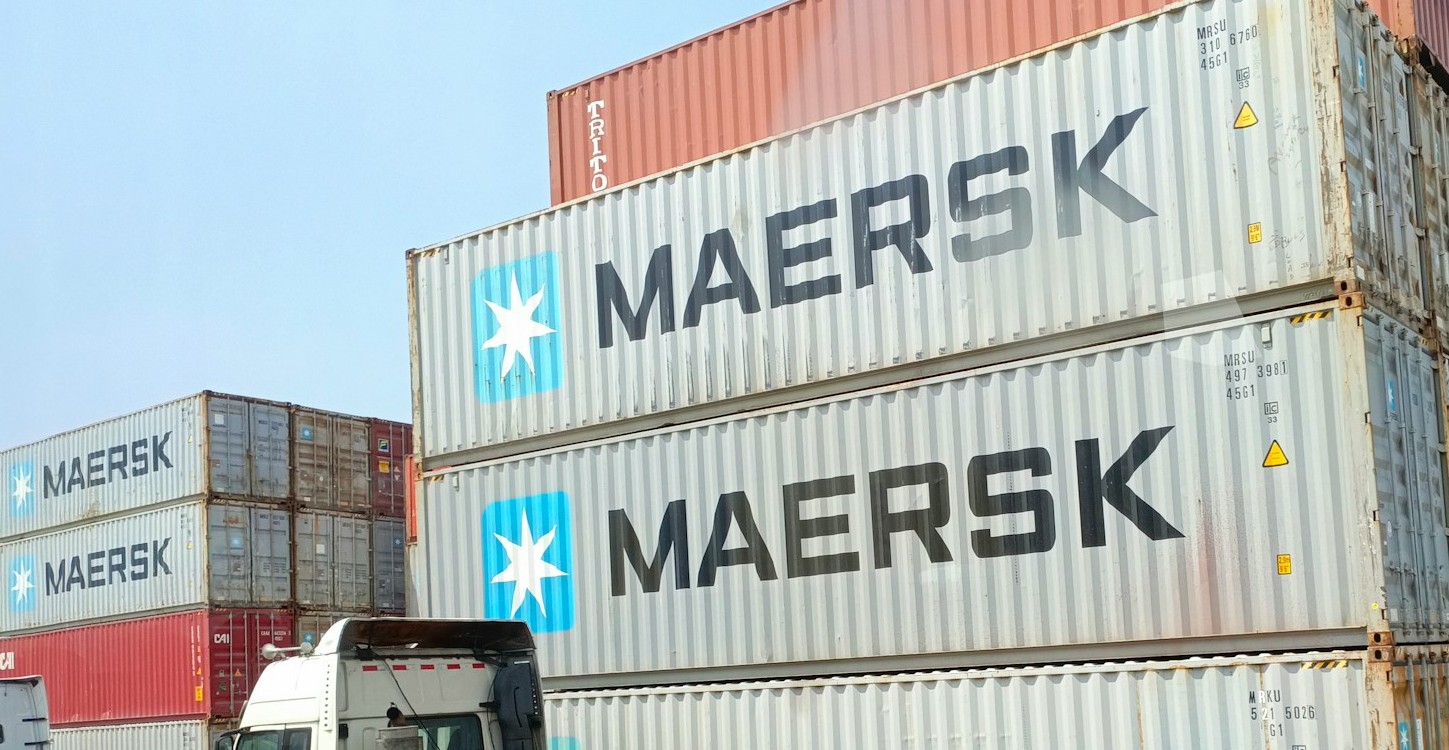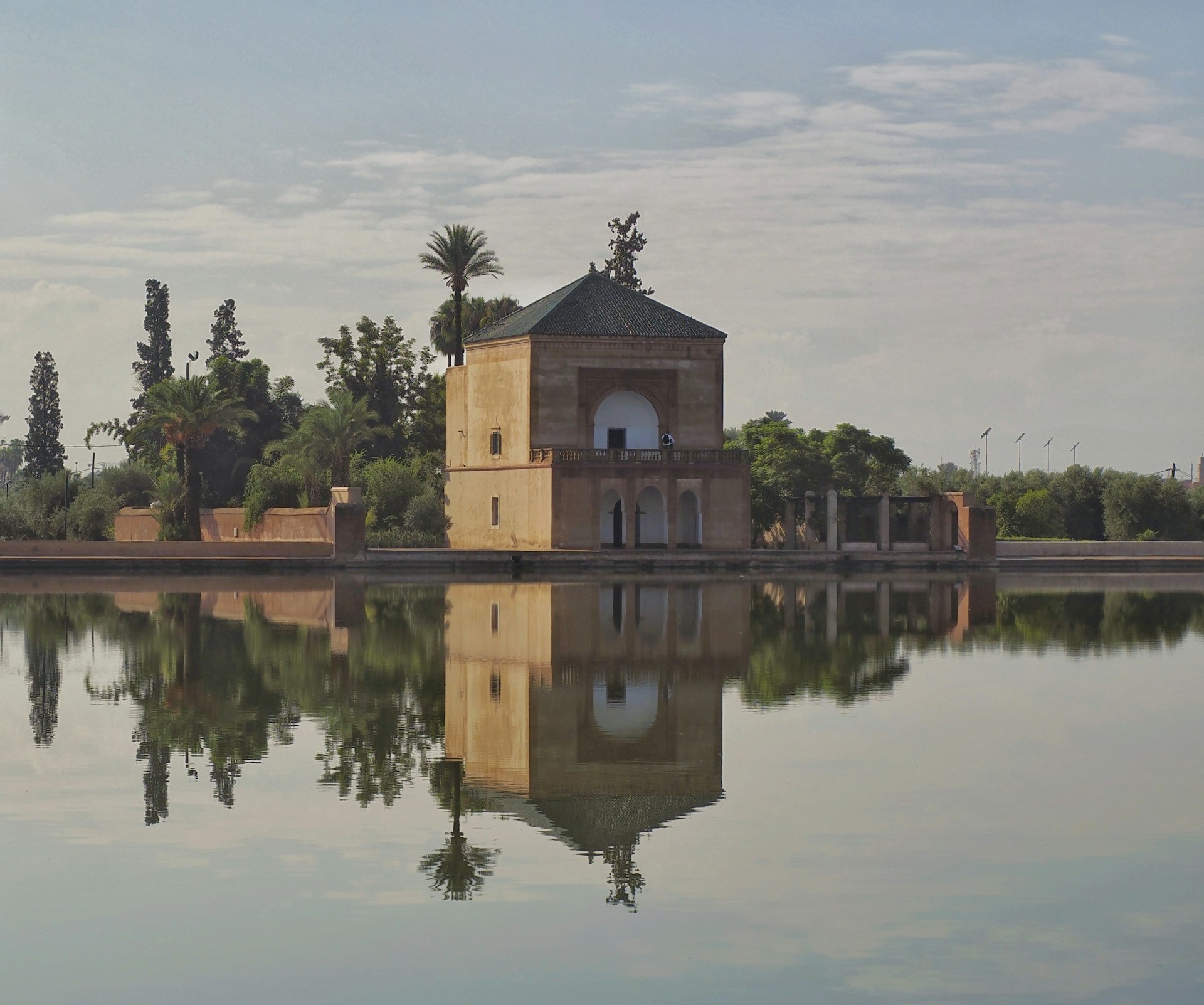Casablanca – Morocco has officially launched a comprehensive new support program for very small, small, and medium-sized enterprises (SMEs), placing these businesses at the center of the country’s economic recovery and development strategy. The program, inaugurated on November 11 in Errachidia by Prime Minister Aziz Akhannouch, adopts a decentralized, region-focused approach aimed at stimulating local growth, creating jobs, and reducing regional economic disparities.
SMEs constitute over 90% of Morocco’s entrepreneurial fabric and are considered a key driver of wealth creation and job generation. Yet, they have long faced structural challenges, including limited access to financing, heavy administrative requirements, and uneven geographic distribution. According to the Moroccan SME Observatory, nearly 80% of active formal SMEs are micro-enterprises with annual revenues under $103,000, and eight out of ten employ fewer than ten people. More than half are concentrated in just three regions—Casablanca-Settat, Rabat-Salé-Kénitra, and Tanger-Tétouan-Al Hoceïma—leaving many areas underserved.
The new program is part of Morocco’s broader Investment Pact, which targets the creation of approximately 500,000 jobs by 2026 and mobilization of $57 billion in investments. Its design reflects the royal vision of leveraging productive investment to drive inclusive, sustainable growth, and to remove structural bottlenecks that have historically limited SME development.
Program structure and objectives
The support scheme focuses on three main objectives: promoting productive investment, fostering durable job creation, and rebalancing regional economic activity. To achieve this, SMEs are eligible for a system of modular and cumulative grants that can cover up to 30% of total investment costs.
The grants are structured as follows:
- Employment grant: Up to 10% of the investment for creating stable, formal jobs, with each job occupied by a Moroccan citizen on a permanent contract maintained for at least 18 months.
- Territorial grant: Between 10% and 15% depending on the location, to incentivize investment in less-developed regions.
- Sector-specific grant: Up to 10% for projects aligned with strategic national priorities and high-value sectors, including tourism, agribusiness, automotive, textiles, energy, pharmaceuticals, construction materials, and transport.
Eligible projects must have total investments ranging from $103,000 to $5.15 million, with a minimum equity contribution of 10%. Startups less than three years old are exempt from the revenue criterion to facilitate early-stage investment. Restrictions prevent large-capital or externally controlled companies from accessing the program, ensuring the focus remains on smaller, independent Moroccan SMEs.
Decentralized implementation for local impact
A key feature of the program is its regional execution. All applications are submitted to Regional Investment Centers (CRI), which handle project guidance, evaluation, and approval. Regional investment commissions review and validate projects before agreements are signed by local authorities, after which grants are disbursed. This approach aims to bring decision-making closer to local realities, shorten administrative timelines, and ensure that public support directly reaches the targeted SMEs.
Since the adoption of the new Investment Charter in March 2023, the National Investment Commission has approved 250 projects worth $42.6 billion, generating approximately 18,400 direct and indirect jobs. The program complements other ongoing reforms to improve the business climate, including electronic company registration, digital platforms such as CRI-Invest, fiscal reforms, and reductions in payment delays.
Challenges and expectations
Despite the program’s promise, some SME representatives have raised concerns. Many very small enterprises may struggle to meet the minimum investment threshold or the administrative requirements. Limited access to bank financing and the need for collateral remain significant obstacles for microenterprises. The government emphasizes that the program’s success will depend on effective regional implementation, clear procedures, and support for smaller firms in structuring viable projects.
If well executed, this initiative could mark a turning point in Morocco’s SME landscape. By combining targeted public grants, regional support, and private investment, the program aims to foster a new generation of stronger, more visible, and more resilient SMEs that actively drive local development and contribute to national economic growth.







